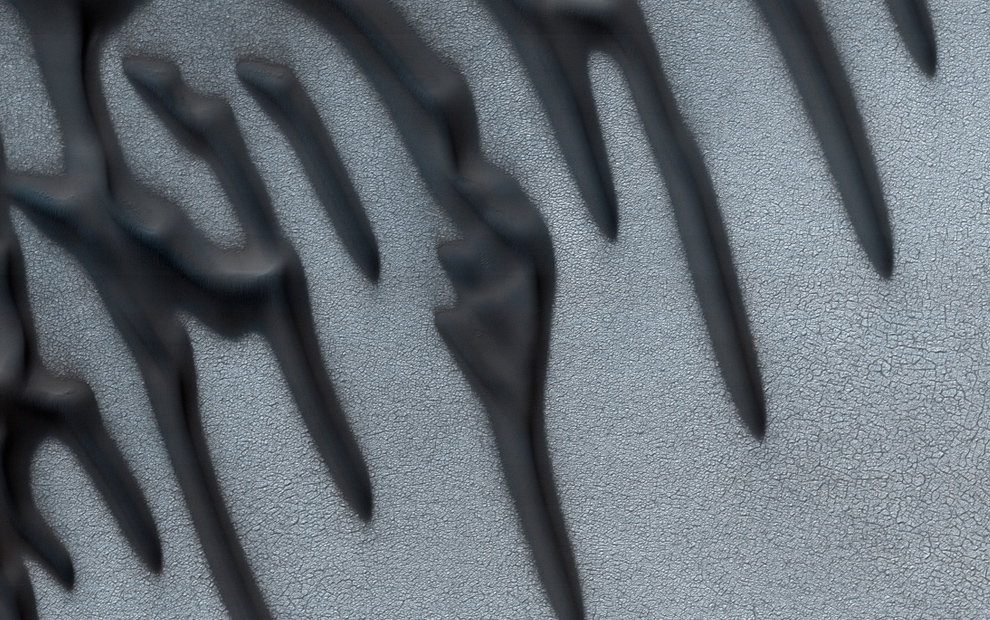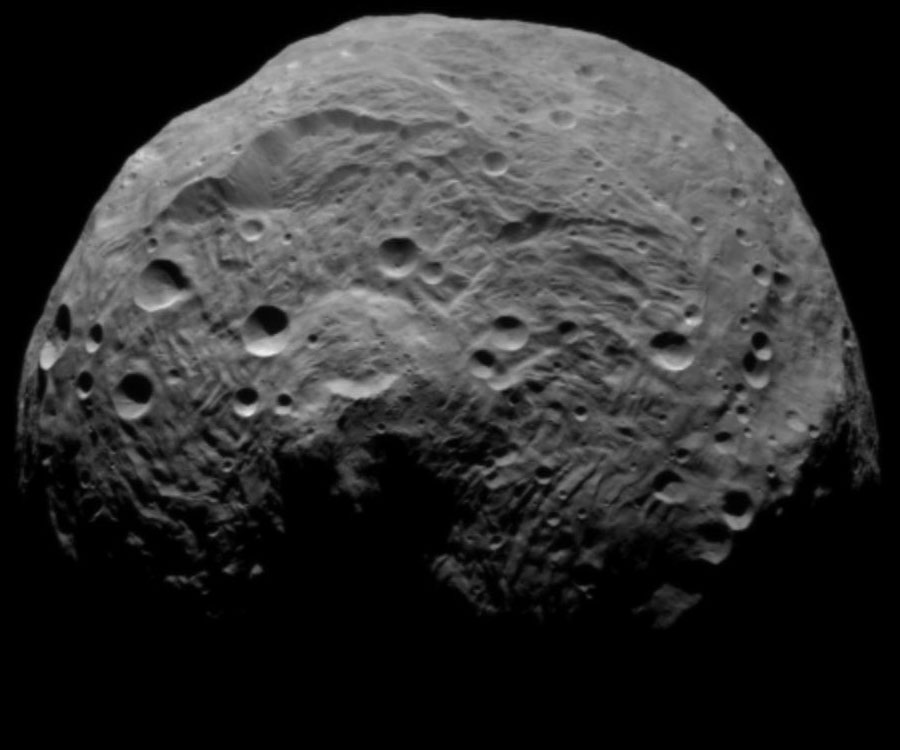Post by Dr. Rogelio Linares1 and Dr. Alexis Rodríguez2,3
1Department of Geology- GATA, Autonomous University of Barcelona, Spain . 2 Planetary Science Institute, Tucson, AZ 85719, USA. 3State key Laboratory of Information Engineering on Surveying, Mapping and Remote Sensing, Wuhan University, China.
Tufa or travertine deposition at spring discharges often produce mounded landforms. They are one of the least understood calcareous landforms on Earth. Most documented mounds correspond to thermogene travertine. build-up associated with geothermal springs (where the carbon dioxide comes from thermally generated sources). See May 2009 image of the month. In contrast, work on meteogene mounds (where the carrier carbon dioxide originates in the soil and epigean atmosphere) are quite scarce (Linares et al, 2010).

Image 1 (A) Shaded relief view of the Tremp Basin. (B) Geologic map of the study region in Isona area. (C) Electrical resistivity cross-sectional view of the central part of a tufa mound (inset in panel B). Note the cistern-like geometry of the pool facies and the overhanging upflow side of the rimstone. Number 1-2 respectively correspond to Rimstone and Rimstone with crescentic geometry.




